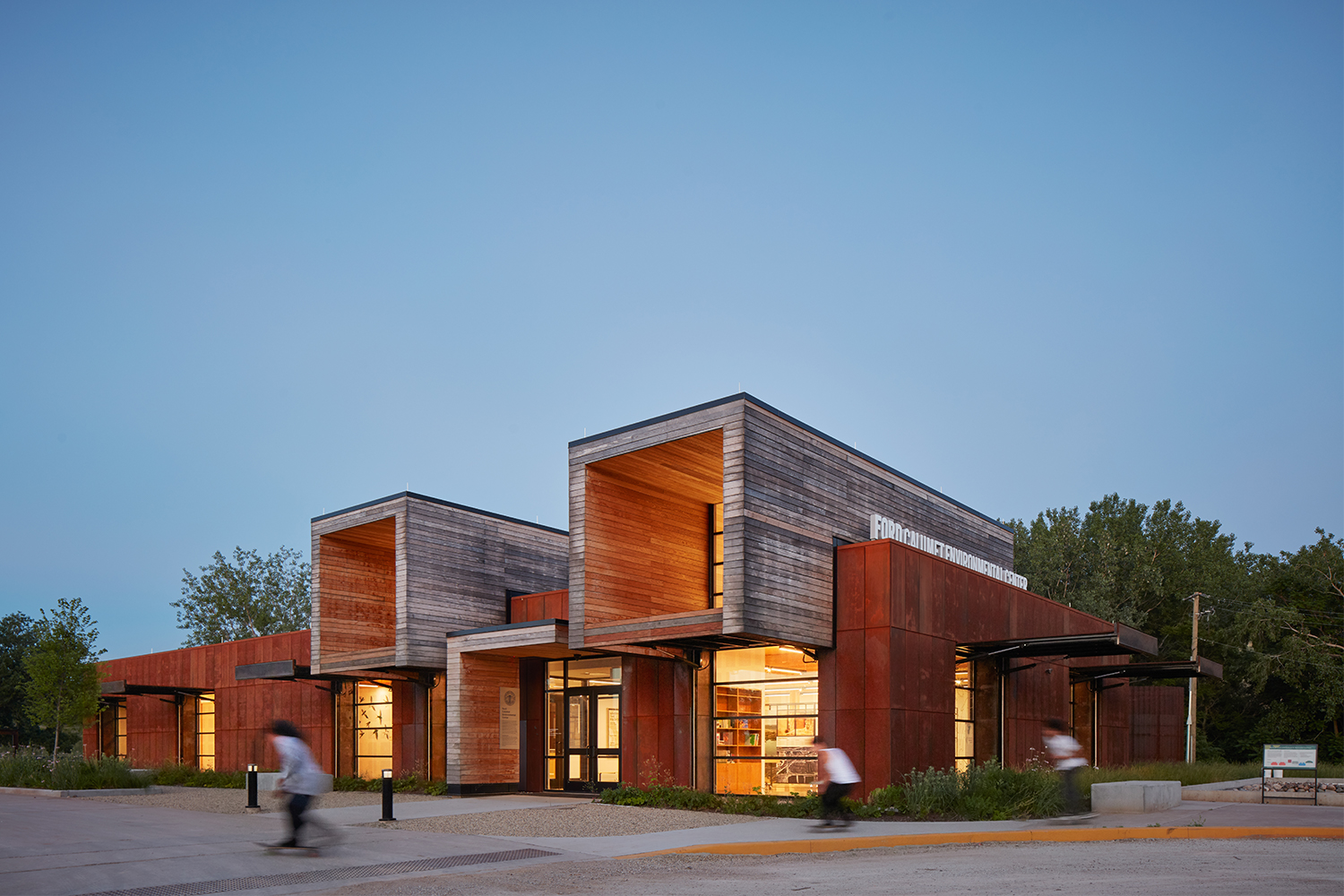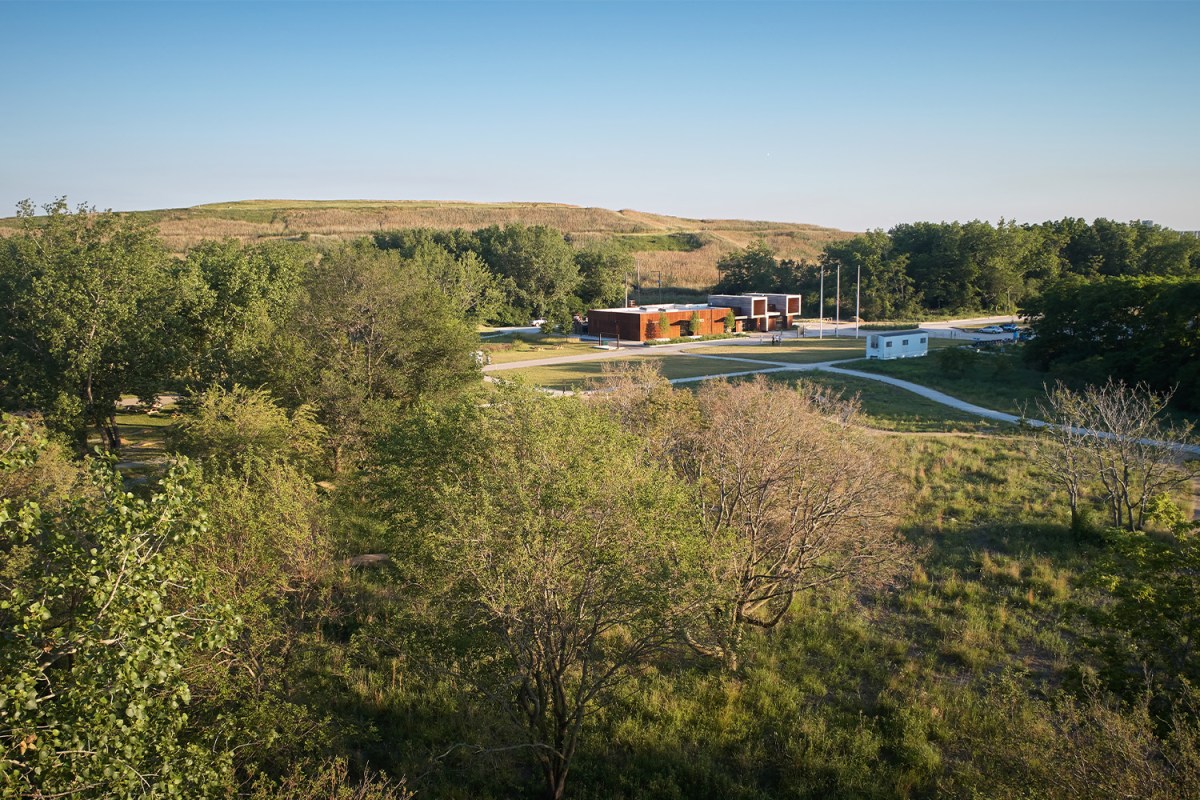Carl Sandburg’s Chicago was not a pretty place, but when he wrote his famous poem in 1916, he nonetheless took pride in all the loud and dirty “shoveling” and “wrecking” that made the city a powerhouse. Today, Chicagoans are as proud of their green spaces as the poet was of industry and hog butchering.
It’s no wonder, as the Chicago Park District has been instrumental in transforming dead zones into people-friendly places of recreation. Millennium Park and the 606 are the most obvious examples of the city’s destination parks. Lesser known, but arguably one of the District’s more ambitious efforts when it comes to reclaiming the landscape, is Big Marsh Park, a 297-acre expanse on the Southeast Side.
Located on the eastern shore of Lake Calumet in the South Deering community, the park occupies land that steel mills once used as a slag dump. Efforts to halt environmental degradation here and in the immediate region began in the 1980s. When the last steel mill closed in 2002, the city of Chicago took ownership and began to move forward with its plans to convert the compromised landscape into parkland.
The latest component of the park is the $7.8 million, 9,300-square-foot Ford Calumet Environmental Center designed by the firm Valerio Dewalt Train, whose previous projects include the Godfrey Hotel in River North and the Gordon Parks Arts Hall at the University of Chicago. Comprised of classrooms, exhibit space, offices, a bike repair area, restrooms and storage spaces — with 10-foot-square floor-to-ceiling windows that allow natural light deep into the interior — the center serves as both a physical gateway to the park and an educational resource. The extensive use of wood on the interior generates a welcoming atmosphere, while the use of Cor-Ten steel on the outside not only references the area’s industrial past, but gives the structure a kind of functional integrity, underscoring that its purpose is to educate and interpret, not to entertain. Deferring to the landscape, the project suggests — albeit in an architecturally thorough manner — the sense of utility and authenticity one appreciates in a good shed.

Displays designed to inform visitors about the area’s history and revival were developed by the architecture firm’s Media Objectives division, in collaboration with community members and local nonprofits.
“In the exhibit there is a special section crediting all these community champions’ contributions, complete with photos, to celebrate their important part in the history of Big Marsh Park,” notes Joe Lawton, founding principal of Media Objectives. “Additionally, many of the pieces in the exhibit were also donated by community partners, including taxidermy from the Field Museum, fishing gear from a local fisherman and bike parts from REI.”
While standing as a sort of beacon in the natural landscape, the main attraction here is outside. Over the years, tons of fresh soil were brought to the site to cap earth contaminated with industrial waste, invasive plant species were removed, thousands of trees were planted, and native grasses and flowers were reintroduced to the site. Recreational amenities were carved out of the restored landscape, including bike and hiking trails, pump tracks and jump lines for BMX fans. As a revived wetland, the park also offers birdwatchers plenty to spot. Egrets, herons and other birds have returned to the area.
Walter Marcisz, past president of the Chicago Ornithological Society, has been birding at Big Marsh for decades and is impressed by the area’s transformation.
“It’s been a 180. By the early 2000s, it was not a quality habitat. The uplands were a jungle of buckthorn, the marsh had become a monoculture of common reed,” he says. “At first, I thought the Park District was an odd partner, because I didn’t really associate it with natural areas, but they really proved me wrong. So many species show up there now. Twenty years ago, birders didn’t go there. It wasn’t worth the time. Now there are birders there all the time. It’s a real success story.”
This article was featured in the InsideHook Chicago newsletter. Sign up now for more from the Windy City.

























